Running boards VS Nerf bars
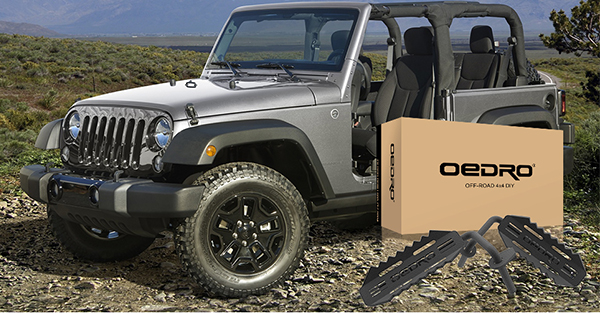
Table of Contents
Selecting the right truck running boards and nerf bars is not always easy, because they are different in many aspects. If you find it difficult to get on your truck, it's time to understand their differences in order to make your truck more accessible. This article can help you understand their differences more easily so that you can make the right choice when buying.
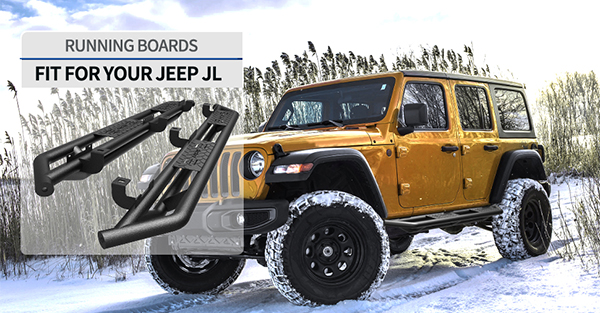
Get 15% off code for all OEDRO running boards: car15 (limited time offer)
What are running boards?
A truck running board or footboard is a narrow step fitted under the side doors of a car, or truck. The main purpose of running boards is to act as a step for people getting into and out of taller vehicles. Running boards have been around as long as the automobile.
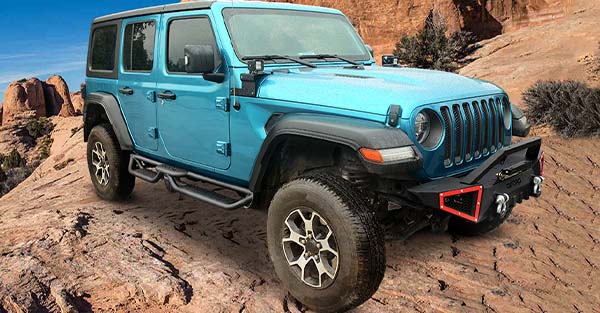
What are nerf bars?
Nerf bars got their start, and their name, in the racing industry. These accessories were originally placed on the side of race cars to defend against aggressive racers or to stop passing maneuvers. The name comes from the way the racers would “nerf” or bump each other using this tool. Today, they have evolved into an accessory added to large vehicles, including trucks, to give a place for the driver to step in order to get in and out of the vehicle more easily. If the truck goes off road, nerf bars can protect the rocker panels and doors as well.
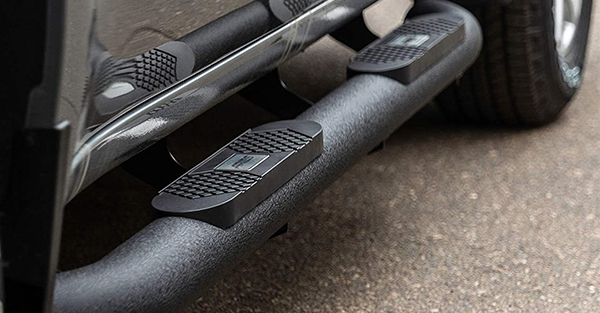
The difference between nerf bars and truck running boards
Nerf bars are an accessory attached to large vehicles (including trucks) to provide drivers with a place to step on, so that they can get in and out of the vehicle more easily. If the truck deviates from the road, the nerf bars can also protect the sill panels and doors.

Size
The truck side steps are often flat rectangles measuring 4 to 7 inches in size. The size of Nerf bars is measured by diameter. The most common sizes are three inches in diameter and four inches in diameter. The diameter of oval nerf bars can reach up to 6 inches. The length is measured based on where the plate or pole falls on the cab.

Shape
The shape is one of the main differences between them.
Running boards are rectangular, so they provide a flat surface for steps. Although the edges may be rounded to give these plates a tubular appearance, the top surface is flat, providing a wider surface for the grip pad and stepping area.
The top of the Nerf bar is round or oval when viewed from the end. Like running boards, the nerf bars provide traction when entering and exiting the vehicle. However, due to the bars having a small surface area, they are not that wide.

Finishes
Both nerf bars and truck running boards come in a range of finishes, which are similar to the two. Polished steel, polished aluminum, and diamond plate all add the shine that you may wish for your truck’s looked. You can also choose from powder coat black, which is durable and understated, or an anodized finish. Painted finish is also available. The finish of side step you choose will depend on the overall look you want for your truck.
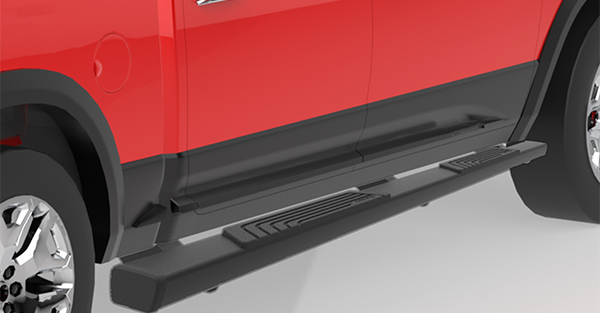
Materials
The materials of the running boards for trucks or nerf bars generally include steel, stainless steel, and aluminum. This will give them strength and durability, meanwhile, they tend to be corrosion-resistant and anti-rust.
OEDRO truck running boards are unique in that they are made from three distinct layers, starting with a carbon steel layer, then followed by an electro-galvanized layer, and topped with a final powder coat to give it the desired finish. These are rust-proof and attractive options for your truck.
Installation
Installation differences between running board and nerf bars are based on the style and the manufacturer. Most are able to mount to the truck’s existing holes, but sometimes older trucks will require drilling to mount the mounting brackets. The hardware required for mounting will be included with the running board or nerf bar.
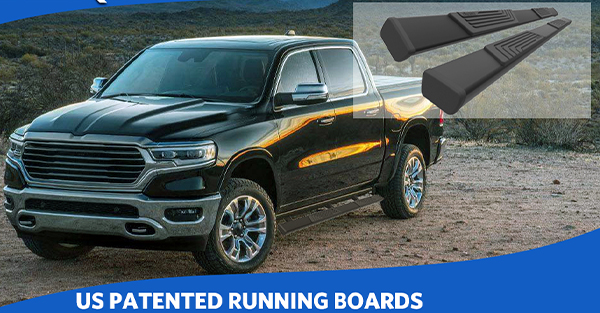
Get 15% off code for all OEDRO running boards: car15


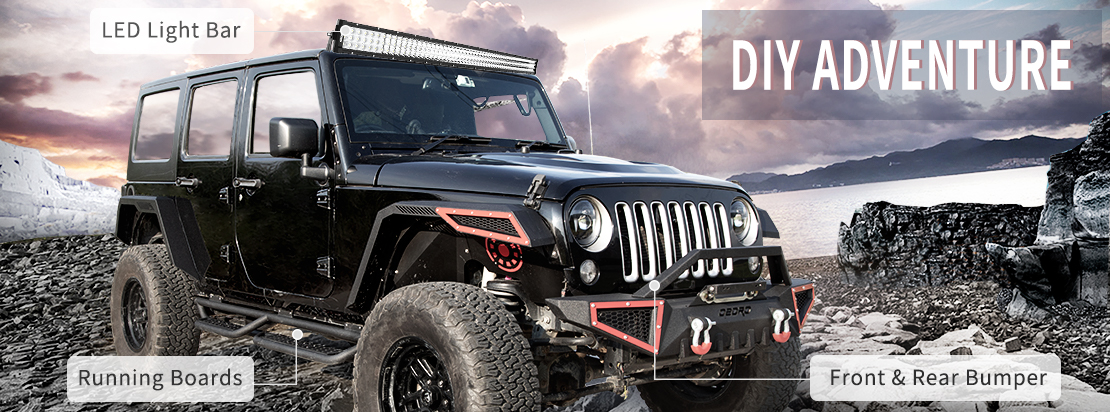
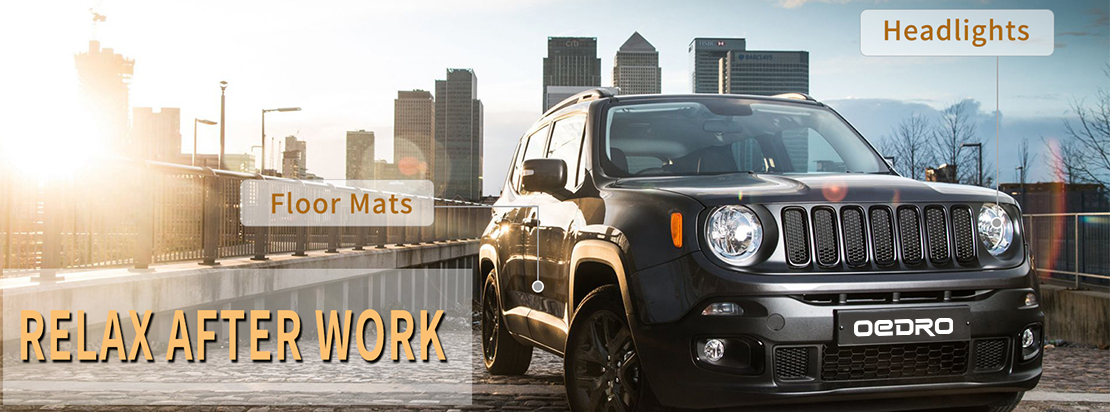
.jpg)




